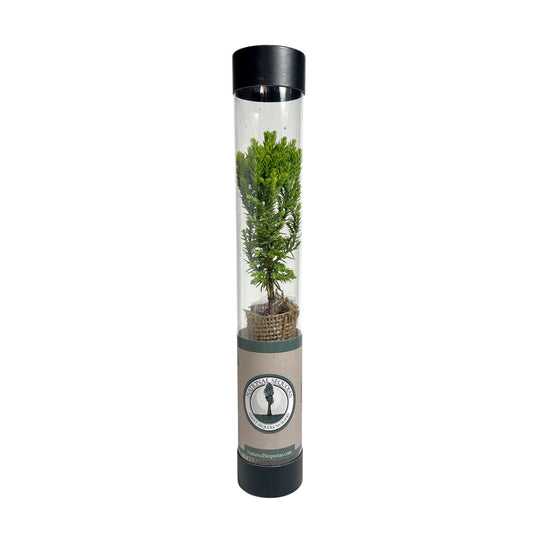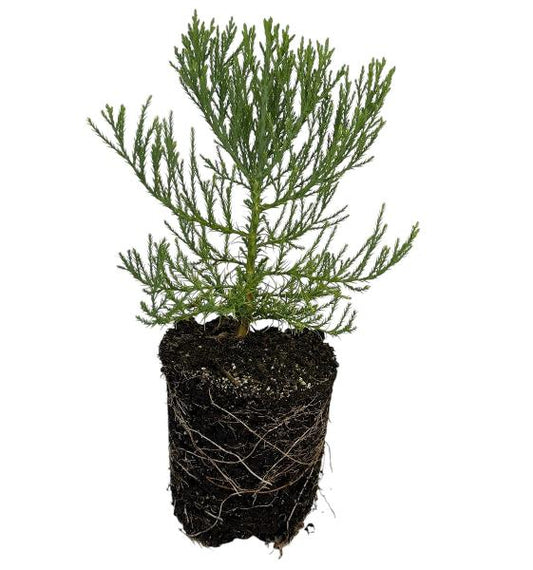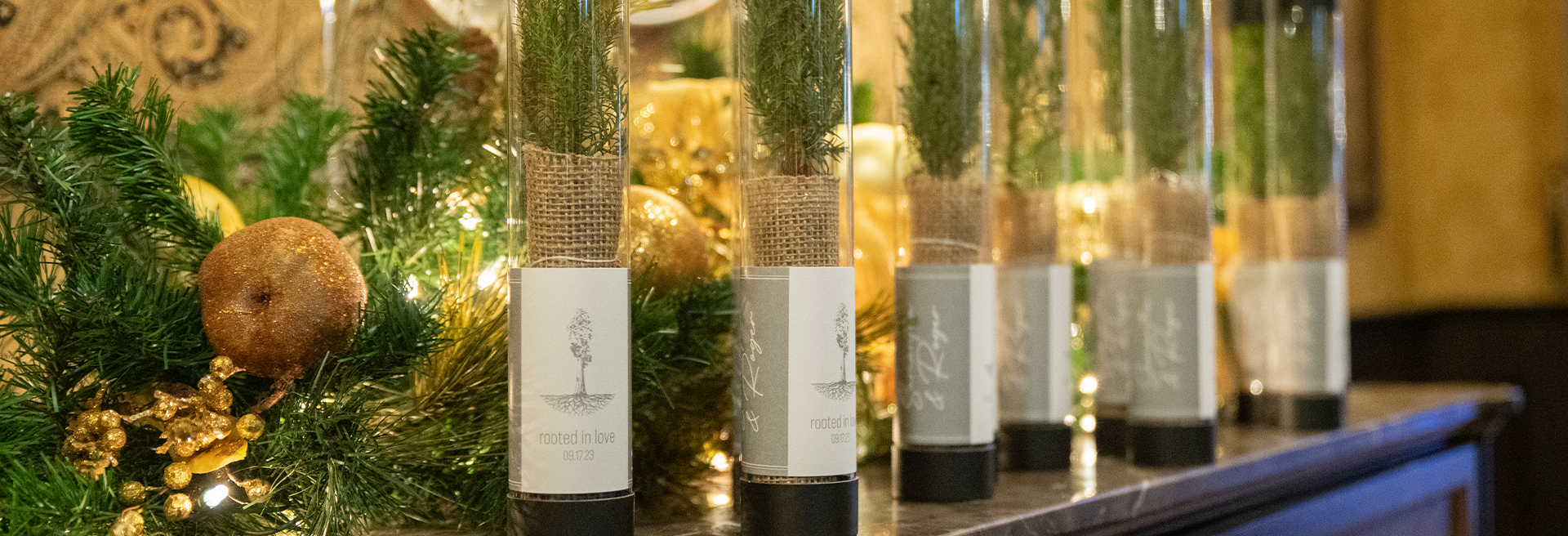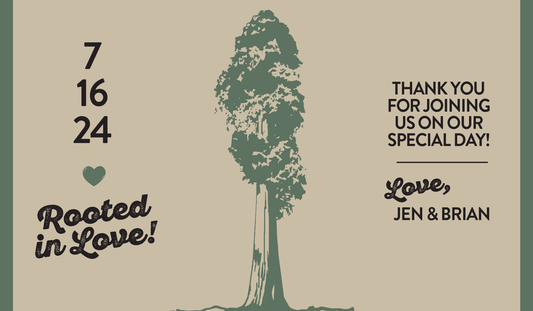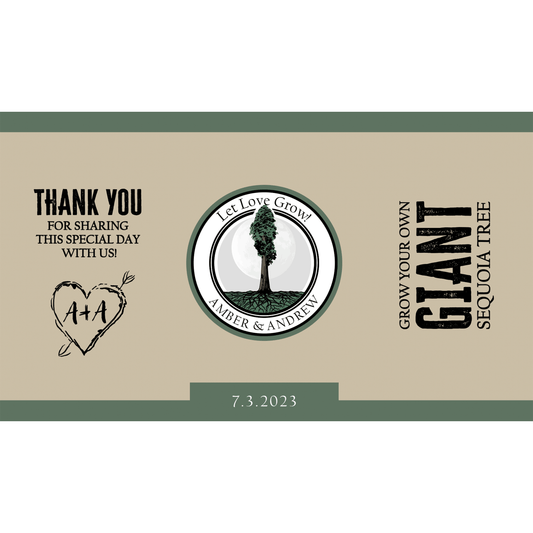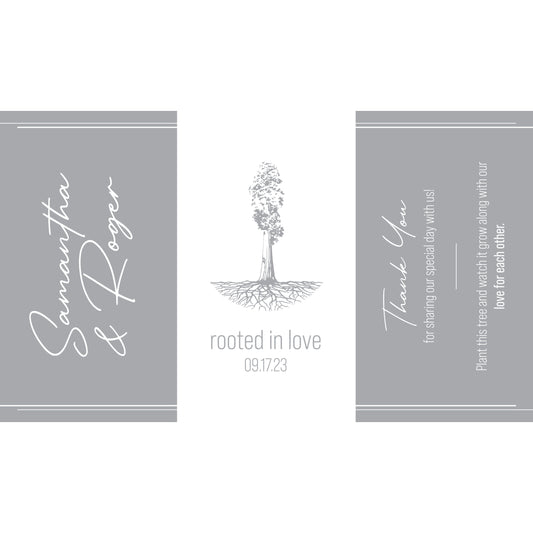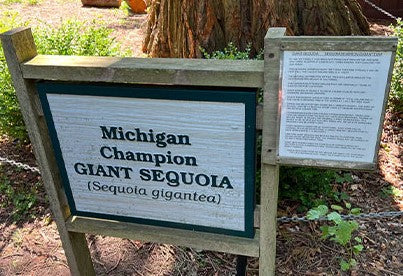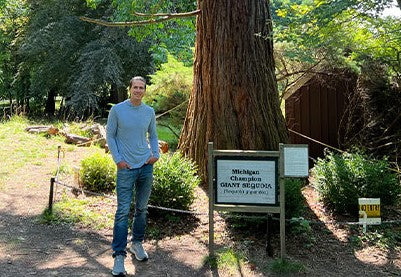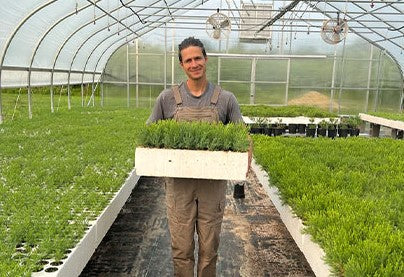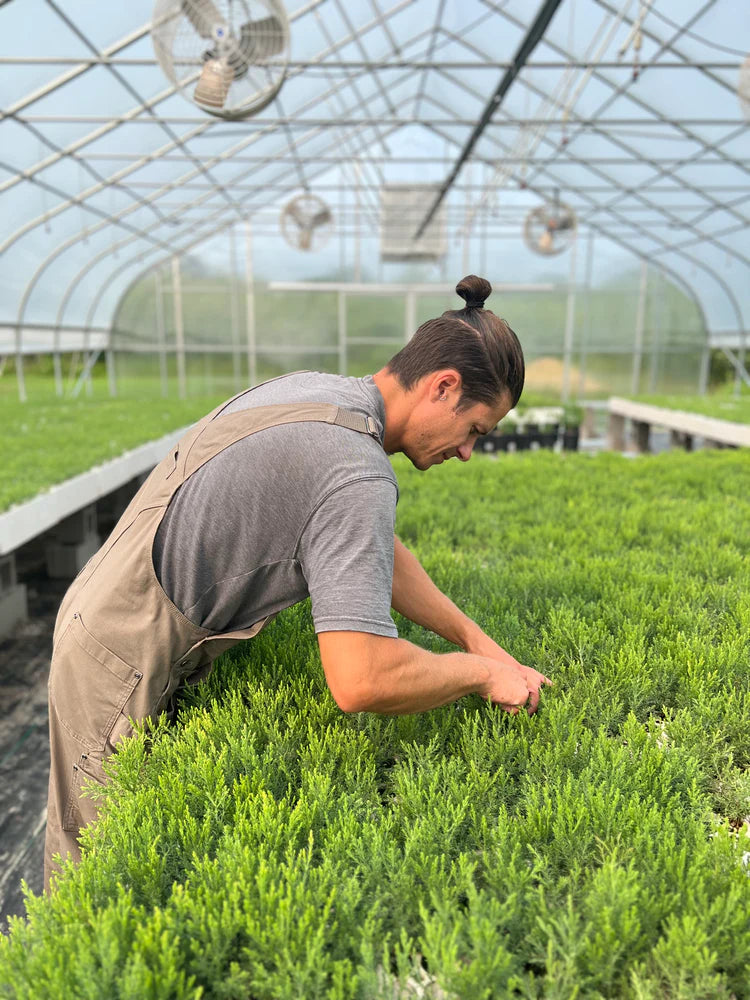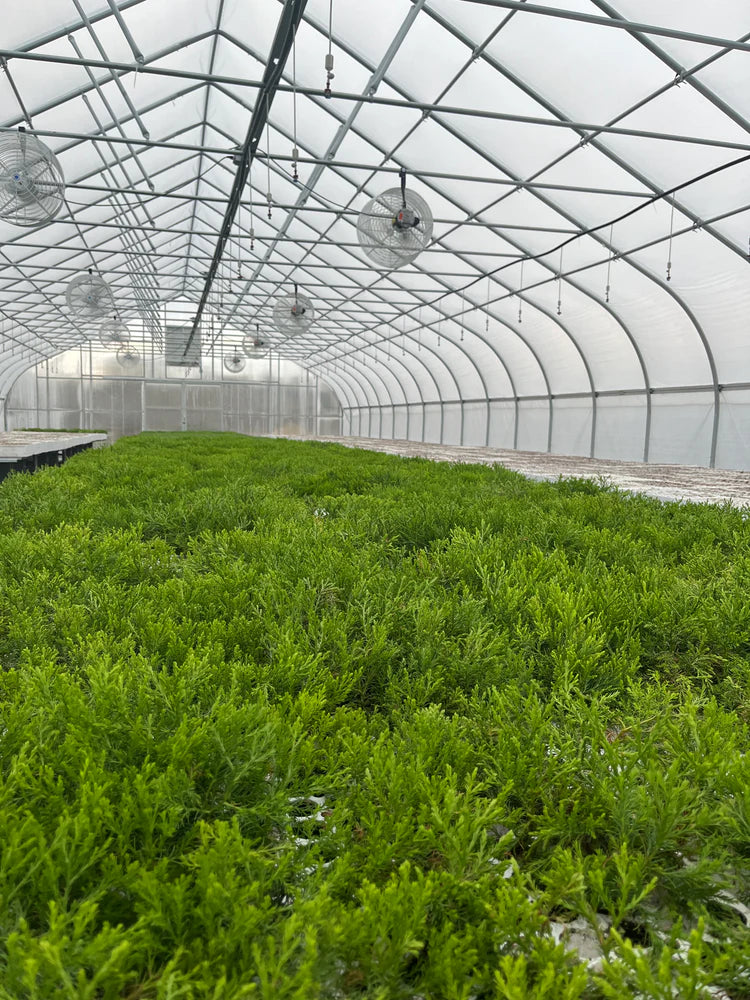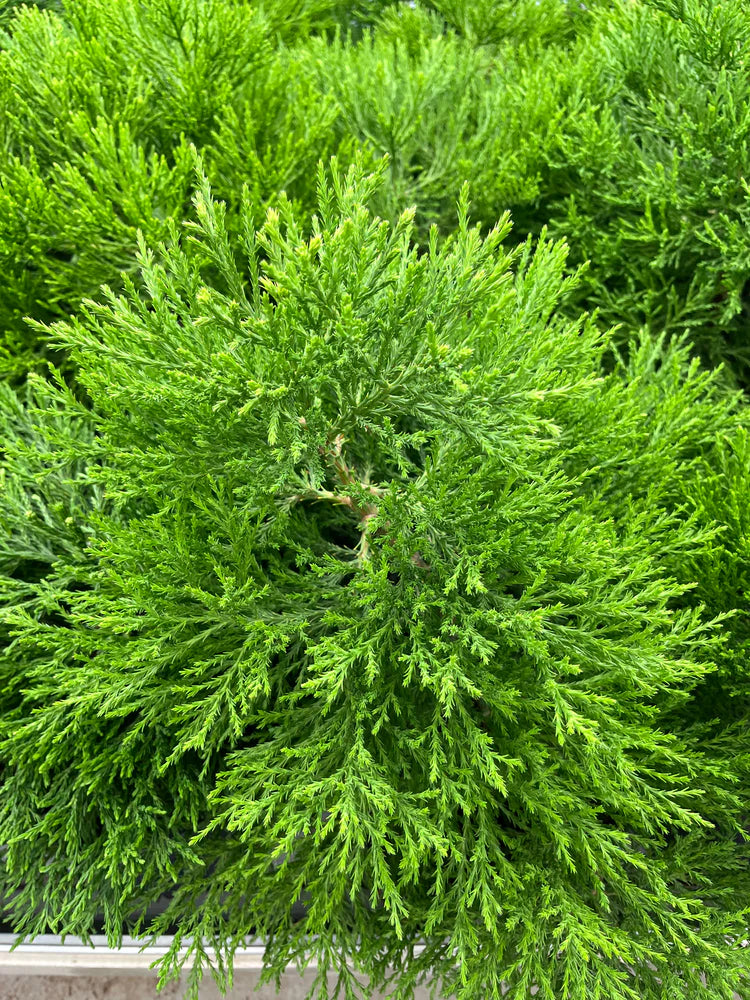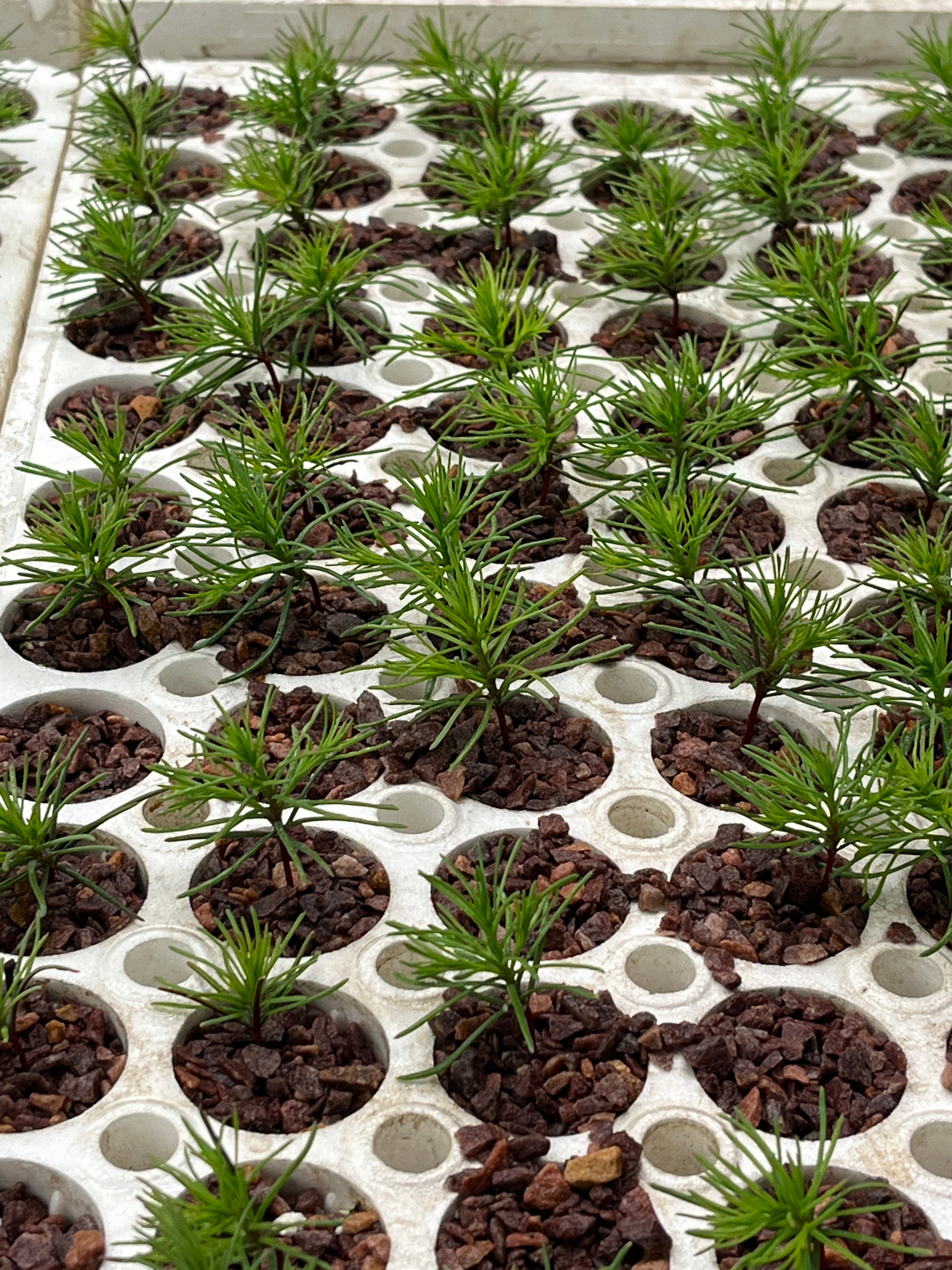Sequoia Saplings
View All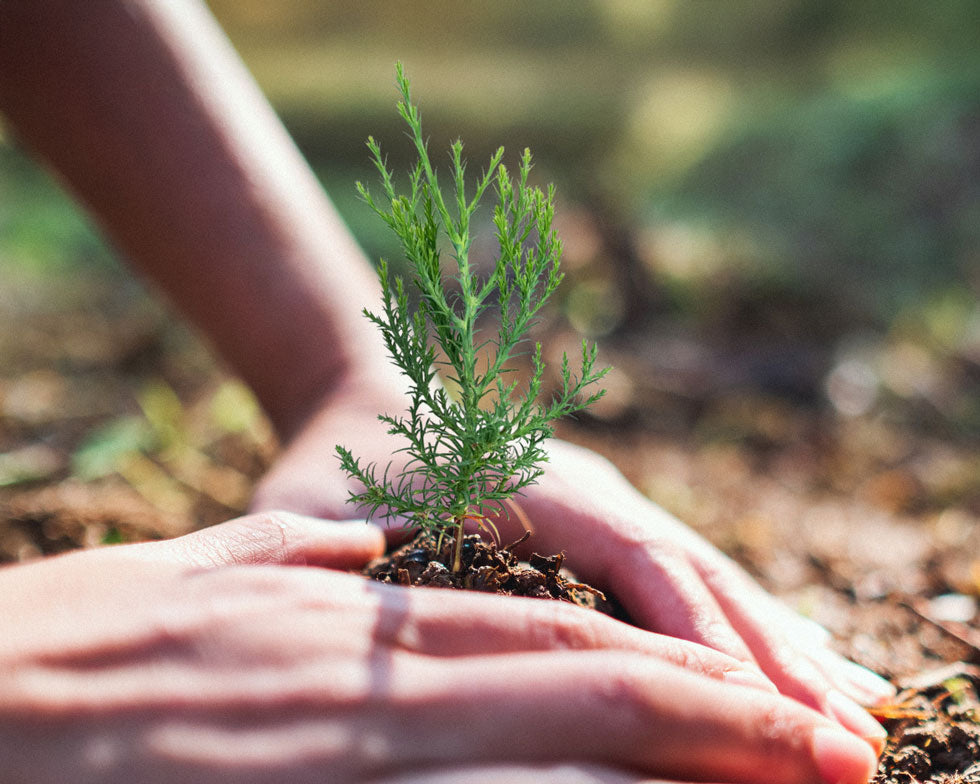
-
Giant Sequoia - Small Sapling
Regular price $8.99Regular priceUnit price per -
Giant Sequoia - Medium Sapling
Regular price $18.99Regular priceUnit price per -
Giant Sequoia - Large Tree
Regular price $29.99Regular priceUnit price per
Planting Sequoias Across America
From backyards in Michigan to gardens in California, families nationwide are growing their own Giant Sequoias. These living monuments capture carbon, purify air, and create legacies that outlast generations. See how your state is making an impact.
Weddings
View All-
Original Rooted in Love Sapling Wedding Favor
Regular price $10.99Regular priceUnit price per -
Original Let Love Grow Sapling Wedding Favor
Regular price $10.99Regular priceUnit price per -
Rooted In Love Sapling Wedding Favor
Regular price $10.99Regular priceUnit price per+10
Weddings
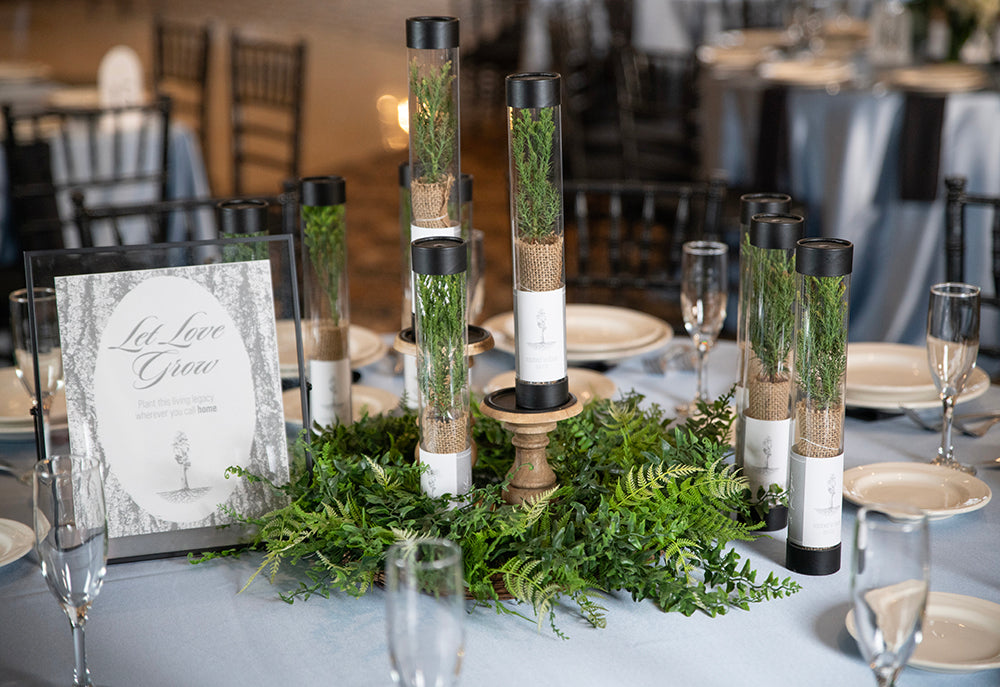
Frequently Asked Questions
Read All FAQFor small and medium saplings, please carefully remove the tree from its package. You will next want to plant your sapling in a 2 or 3-gallon container. Choose a potting mix that has a good amount of nutrients to feed your plant for the first season. Your mix should have good drainage. If needed, add extra perlite to your mix for drainage and aeration. When planting, the top of the root plug should be at the top of the soil, do not bury the trunk. After you are finished planting, water your soil around the trunk and place it in a sunny location. If planting during the winter, keep inside until the weather matches your indoor temps. Sequoias like to dry out. Make sure the soil has thoroughly dried out between waterings. When your soil is slightly moist, water your tree again, making sure the entire pot is saturated.
Keep your tree fed for the first few years in its pot. After the first year, you may need to feed your tree with a slow-release nutrient. There are many out on the market for you to choose from. We use Andersons 18-6-12 and Espoma Evergreen Tone 4-3-4. A lot of your local garden centers will carry a 10-10-10 as well, which will work just fine. We recommend a low to medium rate.
If you are in a location with cold winters, we recommend placing your pot in an unheated garage, shed, or barn for the first few winters. This will keep your roots and tree protected from the freezing cold and wind. When protecting your tree during the winter, your goal is to keep the tree dormant and not warm up your tree. Water your sequoia right before it starts to freeze for the winter.
After your tree has outgrown its container, it is time to plant your tree in its final location. Spring and Fall are okay for planting. Remember, you are planting the world's largest tree. These trees need plenty of space. We recommend spacing these trees a minimum of 30' away from another tree. If you plan on using these trees as a windbreak or planting in a row, you can shorten that length to 20' apart. Make sure your tree is away from any surrounding buildings or power lines. Dig a hole larger than your container pot. Your surrounding soil should have good drainage. If needed, you can mix some of the native soil with a well-drained potting mix and place it all around the root ball. During the first few years, we recommend protecting your tree during the winter with a wind block. Giving your tree a few feet of space around it, stake a piece of fabric( burlap or landscape fabric works fine) around your tree. This will protect your tree from the freezing wind and help prevent any damage. A slow-release nutrient can also be added during the first few years to help establish the newly planted tree. The wind block can also protect the young tree from any wildlife as well.
For the first few years, while your tree is growing in a container pot, we recommend using a slow-release fertilizer. A few that we have used are Andersons 18-6-12 or Espoma Evergreen tone 4-3-4. We do recommend a low to medium rate. Once the tree is ready to be planted into the ground, make sure a big enough hole is made to add well-draining and nutrient-rich soil. You can always top dress around the tree as well, according to the manufacturer's recommendations. A Fall feeding can be applied, which usually has a lower Nitrogen rate. Early Spring feedings will have a higher Nitrogen rate. You want your sequoia to stop growing towards the end of the season to “harden off.” You do not want new sensitive growth going into the Winter. This allows the new growth to get stronger to survive the Winter better.
The giant sequoia is the largest tree in the world by volume. It is native to a small area of the western Sierra Nevada mountains of California. This ancient marvel can live for more than 3,000 years and reach more than 300 feet tall. Its large trunk has a cinnamon-red color and is fire-resistant. This tree is highly adaptable and can grow in a wide range of climates. The “General Sherman” is the world’s largest tree and has a base of 36 feet in diameter.






